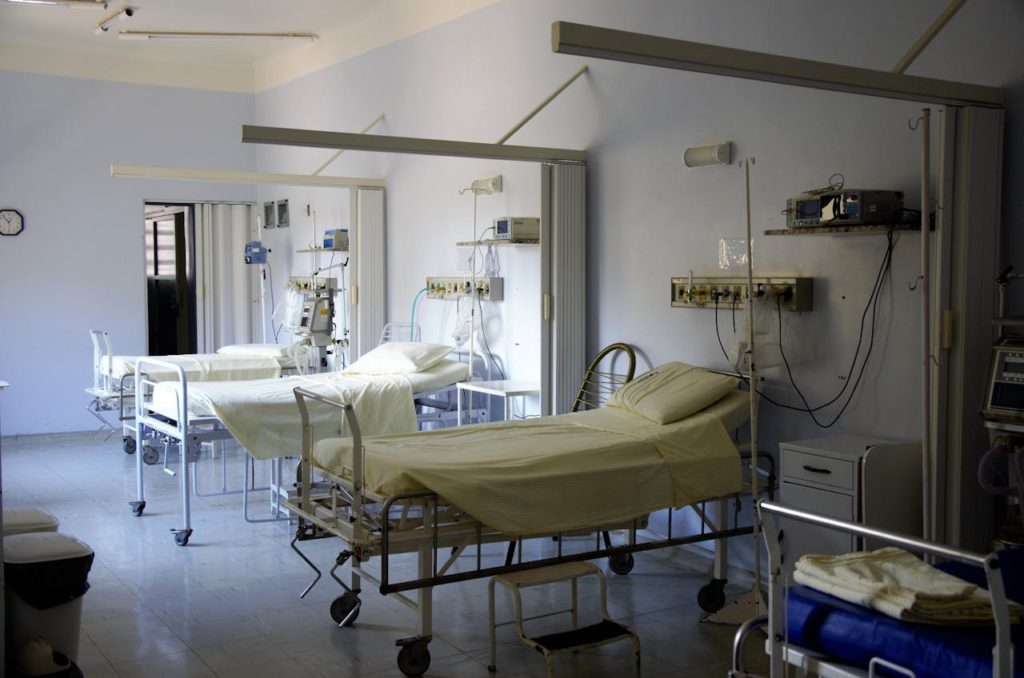Recovering from an illness, surgery, or injury no longer has to occur within a hospital’s four walls. Thanks to advancements in home healthcare services, many patients now enjoy the comfort and convenience of healing at home, supported by professional-grade equipment and technology. Two essential components in this modern care model are medical imaging and hospital bed rental — both critical for delivering safe, effective treatment in a home setting.
The Shift Towards Home Healthcare
As healthcare systems evolve, there’s a growing focus on decentralising services to reduce hospital admissions and improve patient outcomes. The home environment offers familiarity, emotional comfort, and often better rest for individuals recovering from surgeries, managing chronic conditions, or undergoing long-term care.
Hospital bed rental and medical imaging services play pivotal roles in this process.
Hospital Bed Rental: Comfort, Safety, and Support
Hospital beds designed for home use are a game-changer for patients with limited mobility, those recovering from surgery, or individuals requiring palliative or long-term care.
Benefits of Renting a Hospital Bed:
- Improved Comfort: Adjustable head and foot sections and pressure-relieving mattresses reduce discomfort and prevent pressure sores.
- Enhanced Safety: Bed rails, locking mechanisms, and height adjustments help reduce the risk of falls and ease caregiver access.
- Mobility Assistance: Features like remote controls and electric adjustments make it easier for patients with mobility issues to reposition without strain.
Many suppliers offer delivery, setup, and removal, ensuring the seamless transition from hospital to home. Families can rent the equipment for weeks or months and swap or upgrade beds depending on the patient’s evolving needs.
Medical Imaging at Home or Nearby
In-home or local medical imaging services complement hospital bed rental by enabling ongoing diagnostics and monitoring without frequent hospital visits. Imaging is central in tracking recovery progress, identifying complications early, and supporting timely medical interventions.
While complete diagnostic suites may not be portable, many services now offer accessible imaging such as:
- Mobile X-rays: Ideal for patients who are immobile or at high risk of infection.
- Ultrasound Scans: Assess organs soft tissue injuries or monitor conditions like deep vein thrombosis (DVT).
- Portable ECG and Heart Monitors: These are used for cardiac assessments without the need to visit a clinic.
Patients can often access priority appointments at nearby imaging centres for more advanced imaging, such as MRI or CT scans, usually arranged directly by home healthcare providers.
Coordinating Care: A Unified Approach
Integrating hospital bed rental and medical imaging services is most effective when coordinated through a healthcare provider or case manager. Whether it’s a GP, physiotherapist, or a home care agency, a unified approach ensures that:
- Equipment is chosen based on accurate clinical assessment.
- Imaging appointments are scheduled according to recovery timelines.
- Results are quickly reviewed to adjust care plans accordingly.
This coordination minimises delays, reduces hospital readmissions, and gives caregivers timely information about the patient’s condition.
 Who Benefits from These Services?
Who Benefits from These Services?
The combination of home medical imaging and hospital bed rental supports a wide range of individuals, including:
- Post-surgical patients recovering from orthopaedic, abdominal, or cardiac procedures.
- Elderly individuals require assistance with mobility and are at risk of falls or pressure injuries.
- Patients undergoing cancer treatment, where regular monitoring and palliative support are essential.
- Individuals with chronic illnesses such as COPD, heart failure, or neurological conditions.
Significantly, these services also ease the burden on caregivers, enabling them to deliver safer, more comfortable support in the home environment.
Choosing the Right Providers
When selecting a hospital bed rental provider or arranging medical imaging, consider the following:
- Accreditation and Experience: Ensure providers are recognised and have experience with clinical-grade equipment.
- Delivery and Support: Check whether they offer delivery, setup, ongoing maintenance, and 24/7 support.
- Customisation Options: Look for adjustable features, mattress types, and accessories suited to your needs.
- Imaging Turnaround Times: Opt for imaging providers who can deliver results promptly to avoid delays in care.
Always work closely with your healthcare provider to ensure the chosen services align with your recovery goals and medical requirements.
Healing doesn’t have to happen in a hospital. With the combined support of hospital bed rental and medical imaging, patients can enjoy hospital-level care in their homes. This approach promotes physical recovery and enhances emotional well-being by allowing individuals to remain in a familiar, supportive environment.
As home healthcare continues to grow, integrating these two essential services offers a smarter, more compassionate recovery model—one that meets patients where they are, with the right tools at the right time.
